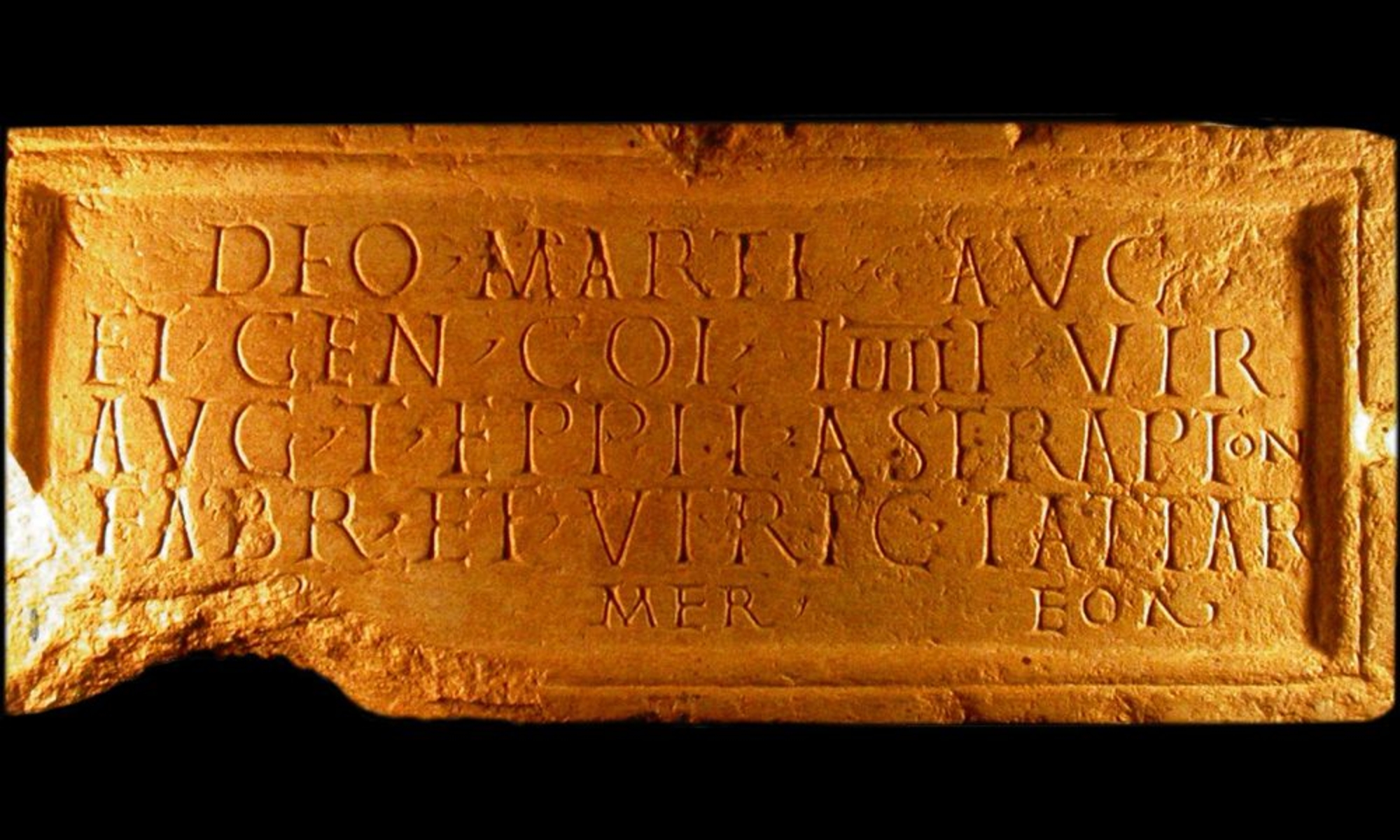
- Home
- A meeting of cultures
- Writing
Although we know of several graffiti in Etruscan script from the late 6th century BCE and Greek graffiti as of the mid-5th century BCE, no indigenous writing found at Lattes dates to earlier than the late 3rd century BCE. It was at this time that the practice began of inscribing one's name, often in shortened form, in Greek letters on certain ceramics. Writing Celtic words and names using the Greek alphabet (so-called "Gallo-Greek" inscriptions) continued until the beginning of the Common Era, i.e. more than a century after the Roman conquest of the Provincia. Latin graffiti appeared under the Triumvirate (ca. 50 BCE), but the Latin alphabet and language would become widespread only in the Early Empire.
Alphabet primers
The two primers that have been discovered at Lattes – from the late 3rd and early 2nd century BCE) are extremely interesting because theirmeanings appear to be different. The first displays the beginning of the Greek alphabet in carefully-made letters. Beneath is the Greek word KNAX, a very rare word meaning "whey", which appears in lists of difficult-to-pronounce words in Hellenistic schoolbooks. This is certainly evidence of a local apprenticeship not only of writing, but also of the Greek language, perhaps by the child of a Greek. The second primer contains a nearly complete Greek alphabet (from alpha to sigma) on two lines, but in a writing that is much less accomplished than the first. The child has made mistakes particularly after lambda, and the final letters are quite rough. A cross has been written on top of the delta and the epsilon, which may correspond to the teacher's corrections – a sign meaning "please do again". These two documents, which were discovered at an indigenous site, are unique in Gaul. They are both moving and very informative about the depth of the acculturation of local populations at the end of the Protohistoric Era.






